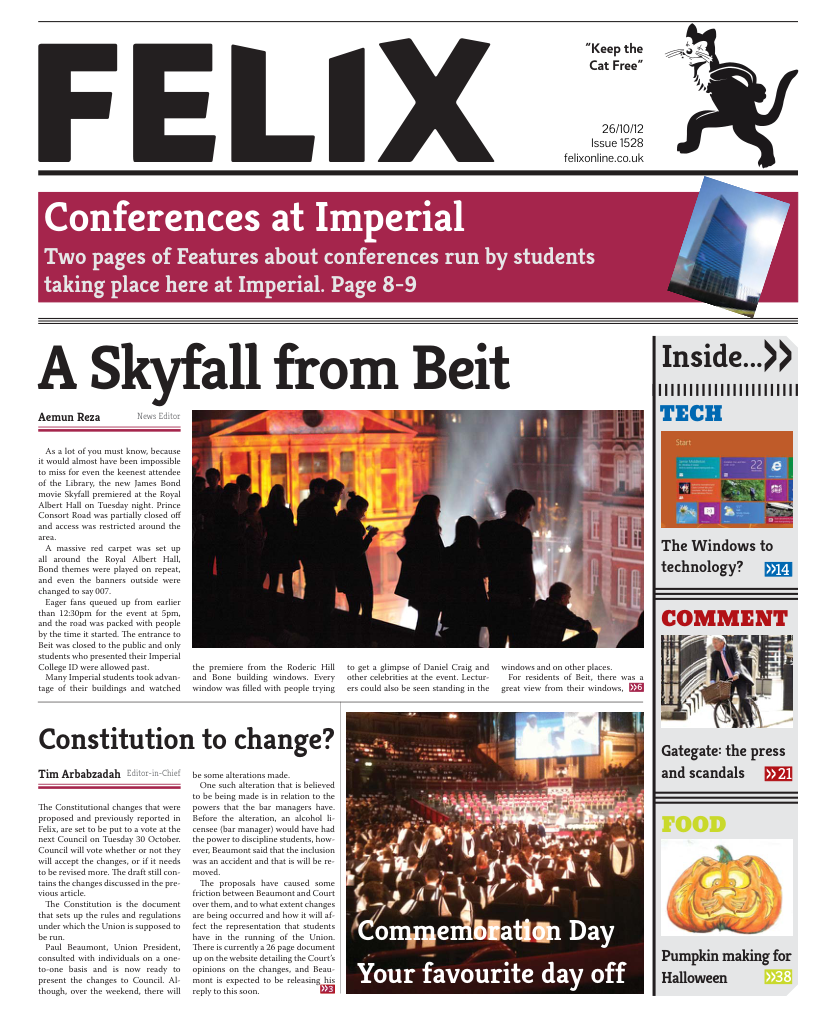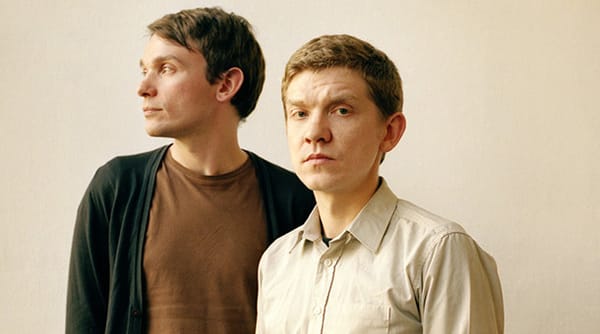You Don’t Have To Call It Music #3
Pt. 3: musique concrète
or: how the Berlin Wall made it to Broadway.
Towards the end of the 1920s, some, including Stravinsky, were alluding to the possibility of writing music for gramophones as had been done for violins or pianos before. The new paradigm came with the new technologies developed after WWII, namely magnetic tape. Despite contemporary composers’ advances in revolutionizing the orchestra, some felt their efforts were not enough. Trying to penetrate the mass of musical imagination with brass and wood was tantamount to laboring new tricks away on old dogs.
What did this mean then for music? Talking about recorded sound, one realized we were not limited to just recording instruments – the most contrived scenario. Telecommunications had focused on transmitting recorded voice over large distances. The voice can of course be used to sing and thus becomes an instrument in its own right. But what if we go the other way around? From the level of aesthetics to that of utility, and consider the underlying form of the function itself. That is what American dadaist Marcel Duchamp did when taking a urinal, dubbing it Fountain and calling it art. A radical change of perspective was beginning to take form.
In the same way, one could now record a train track and call on its rhythm as a basis for the inherent musicality of the sound. This is exactly what Pierre Schaeffer did in 1948 with Étude aux chemins de fer. He recorded the various noises of a steam train: its wheels chugging along the tracks, the whistles blowing fervently, coal spilling into a furnace and metal clanging and screeching all around. He then arranged these sounds in to a sort of collage. (Famously, he defined music as “organized sound”.) Besides the obvious harmony of the whistles and the rhythm of the tracks, its musicality lied in the character of the sounds themselves – not in how well they imitated traditional instruments. Indeed, just as a violin or a piano have a certain sound, so does the grinding of metal upon metal. In contrast, a violin string reverberating through a finely crafted wooden body seems a fantastically convoluted way to make noise.
Ultimately, what Schaeffer wanted was to distance the listener from the context; not to imagine himself by the railroad but to immerse himself in the sounds themselves. To meditate on the vibrations of the air particles; which behaved this way and that; which moved and modulated themselves, and had a character all of their own.
After meeting percussionist Pierre Henry, the two founded the Groupe de Recherche de Musique Concrète at the RTF broadcast station in Paris. Many of the most forward thinking composers of the time passed through the studio, and indeed the Parisian community made a name for itself which such illustrious members as Iannis Xenakis, who designed the Philips Pavilion for Expo ’58 based on his piece Metastasis, and Edgard Varèse, who wrote Poème électronique especially for the highly spatialized sound system contained therein. Their greatest triumph was not only in creating music from any sound imaginable but rather lending their ears to these natural noises in the first place. Like Duchamp, they observed their surroundings in a different light. It was a matter of perspectives. As Heidegger ruminated in Being and Time, the object was now considered for its own sake rather than as a mere tool. Its purpose was itself.
Their influence has been felt through generations. Almost simultaneously, Karlheinz Stockhausen used these concepts in his Cologne studio to found Elektronische Musik, the subject of next week’s column. The abstraction of sounds from their objects has been an inspiration to many, such as experimental hip-hop spearhead Flying Lotus, who more often uses field recordings for percussions than standard drum samples. Berliners Einstürzende Neubauten looked for musicality in everyday objects when they fashioned instruments from industrial waste; making drums out of steel barrels, xylophones out of pipes, a bass guitar from a metal coil or using an air pressurizer to blow through wind instruments. Their antics have been bravely capitalized by the world-famous Blue Man Group. Recently, Milanese musician Giuseppe Ielasi produced Tools, an album whose tracks are named after the single material from which they were made (‘Rubber Band’ and ‘Polystyrene Box’ resulting in some pretty serious beats).
Searching for a new music, beyond the artifices of conventional instrumentation, musique concrète turned to the world for a muse. They opened our ears to the acoustic richness of our own environment and redefined music as a part of nature.








